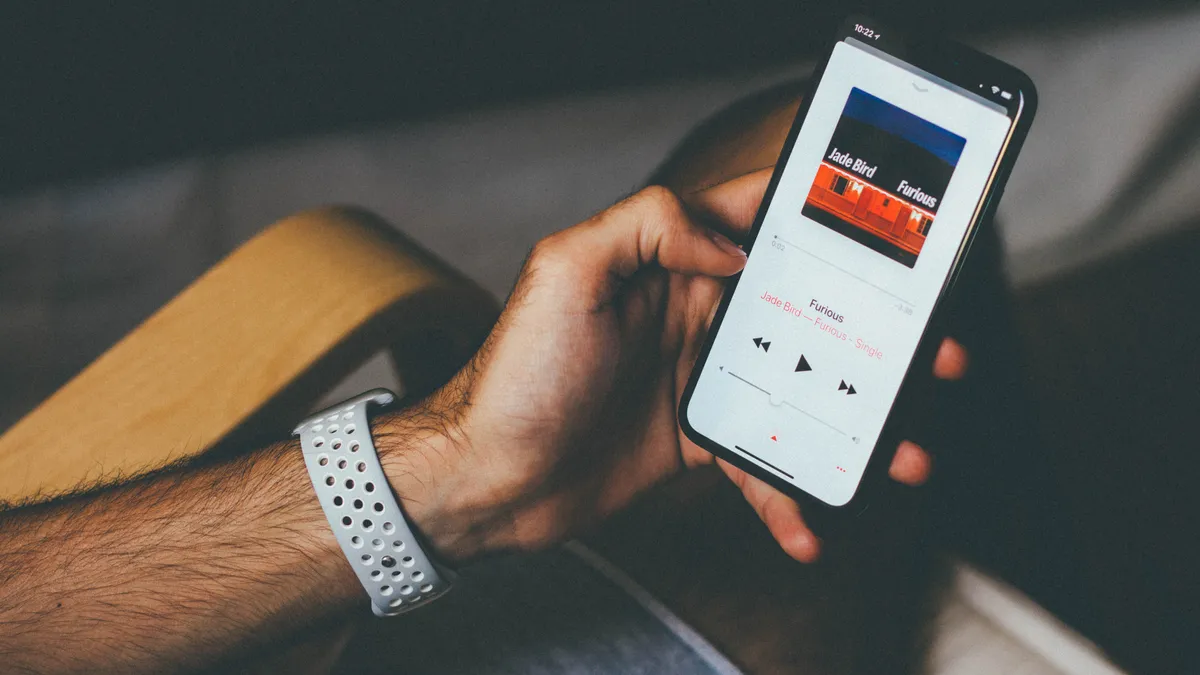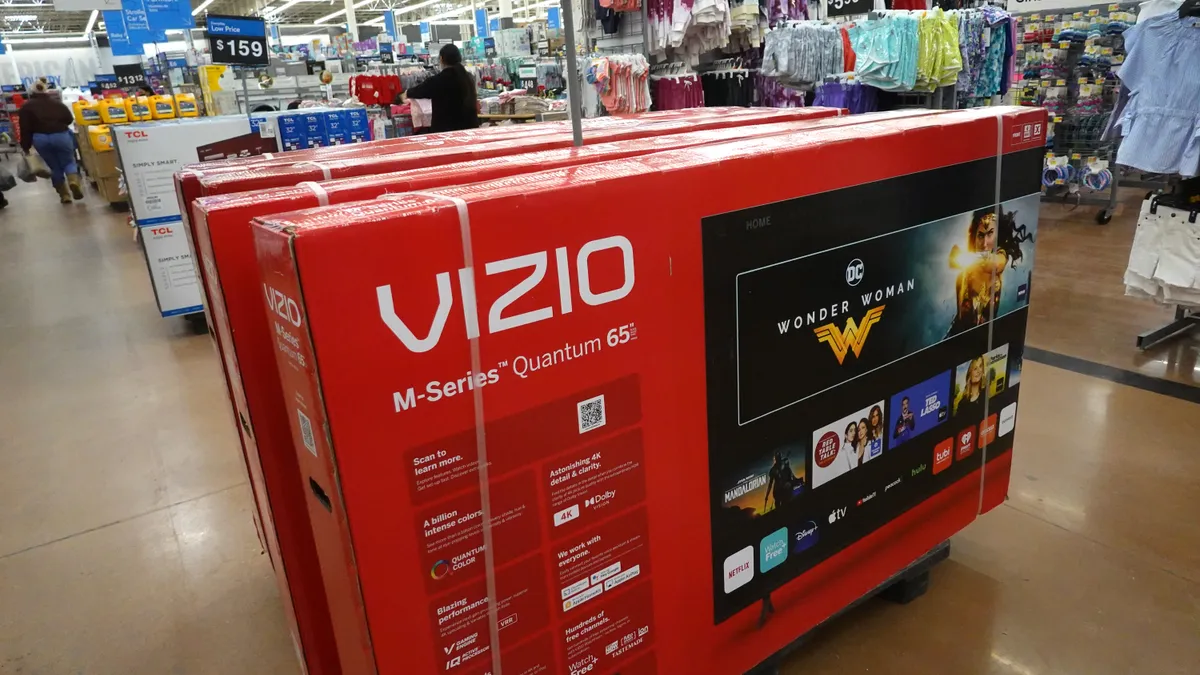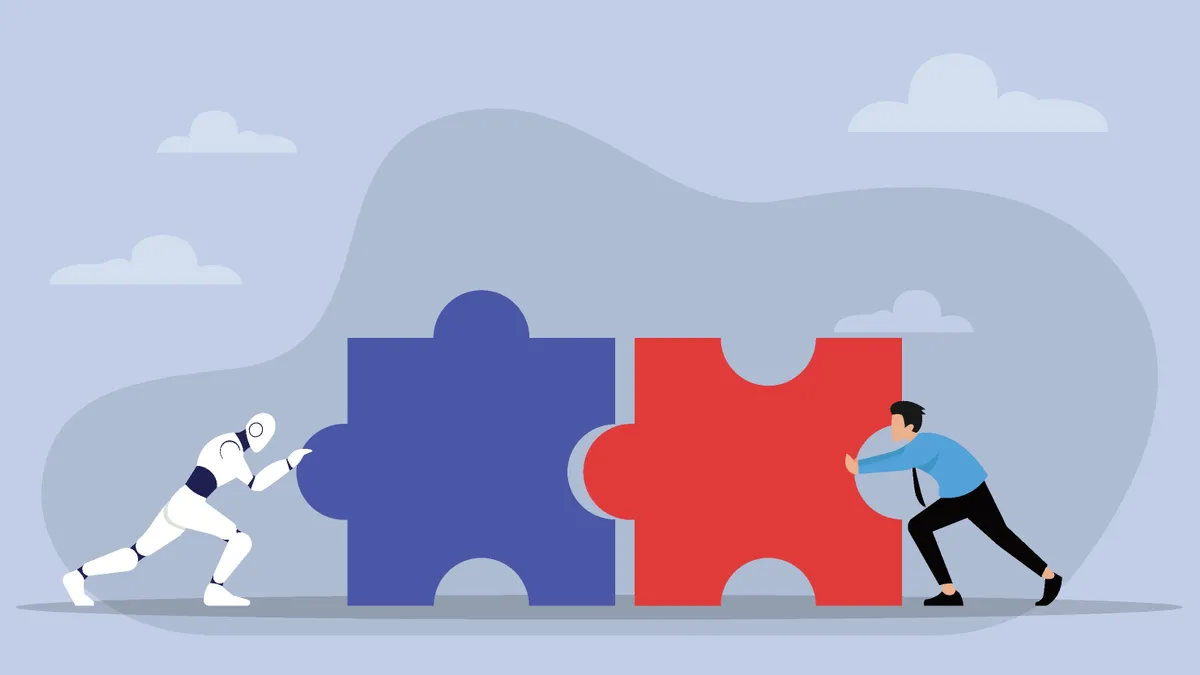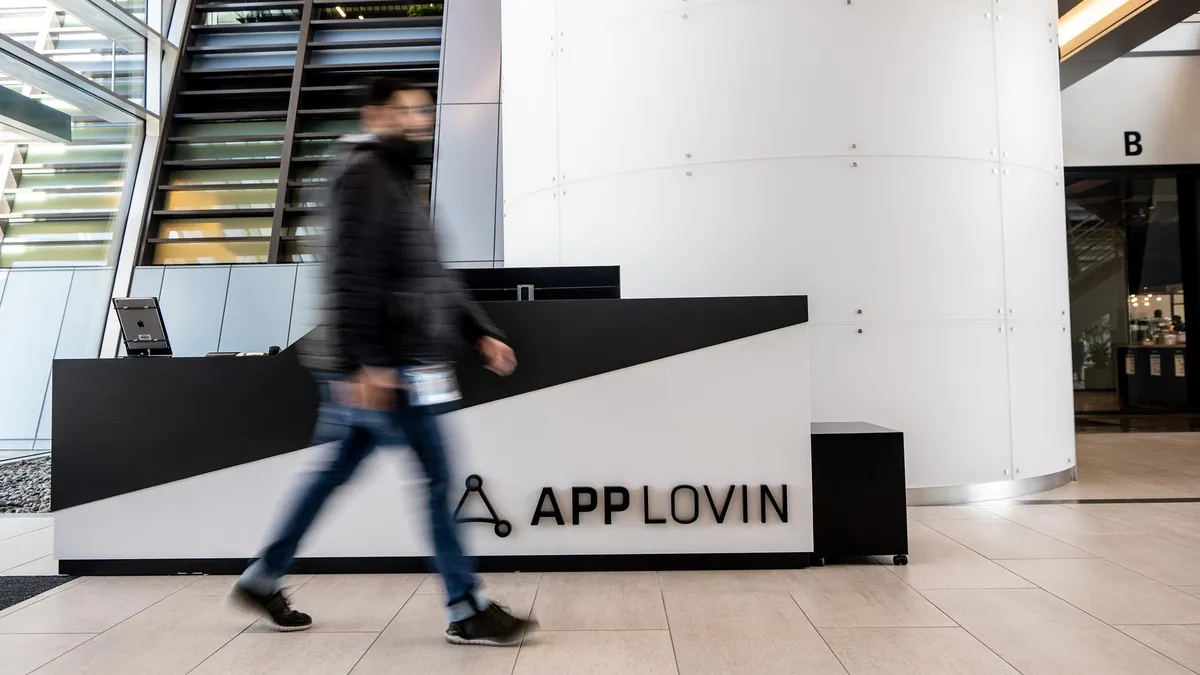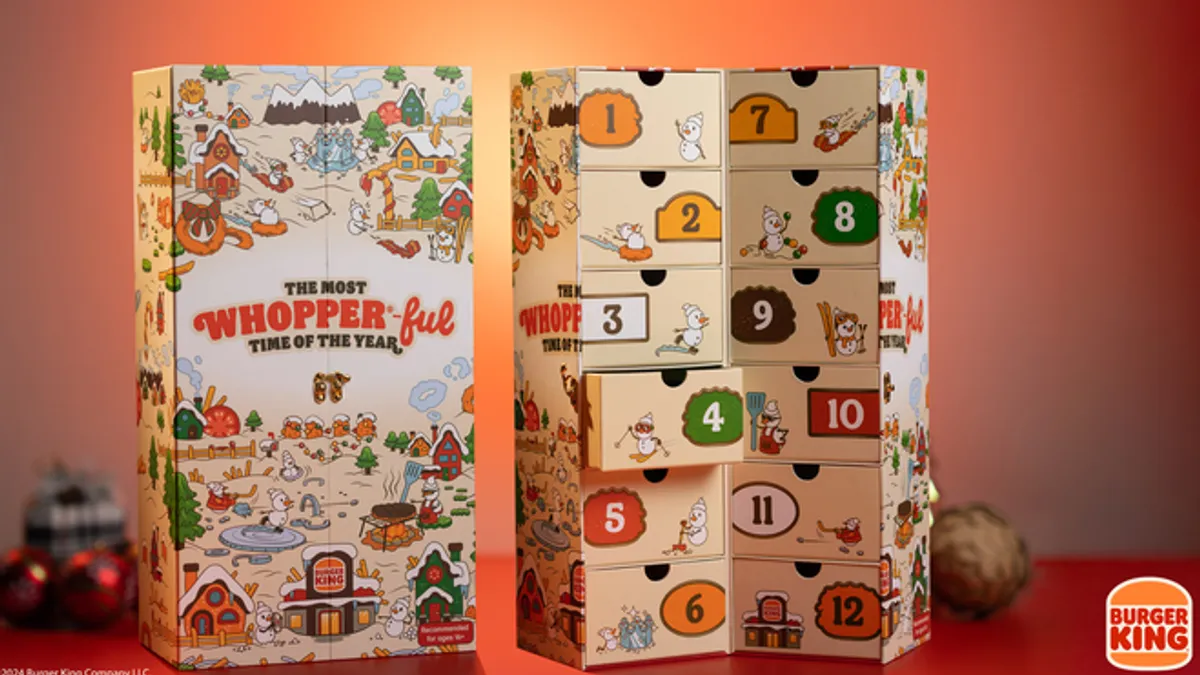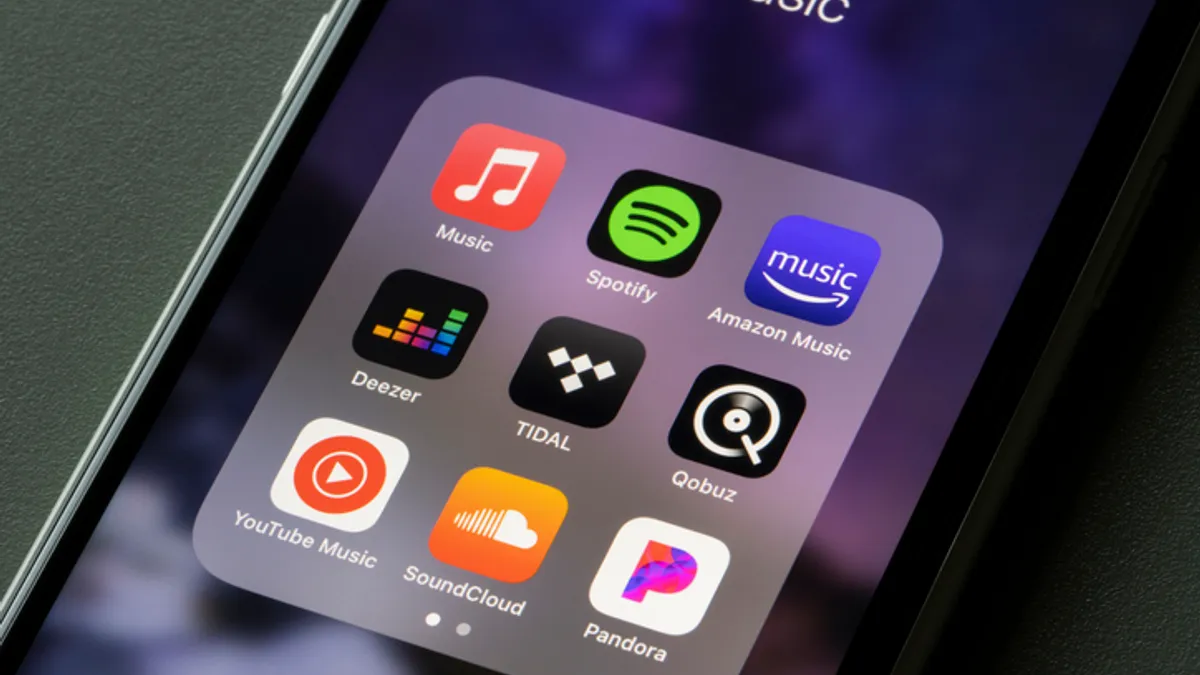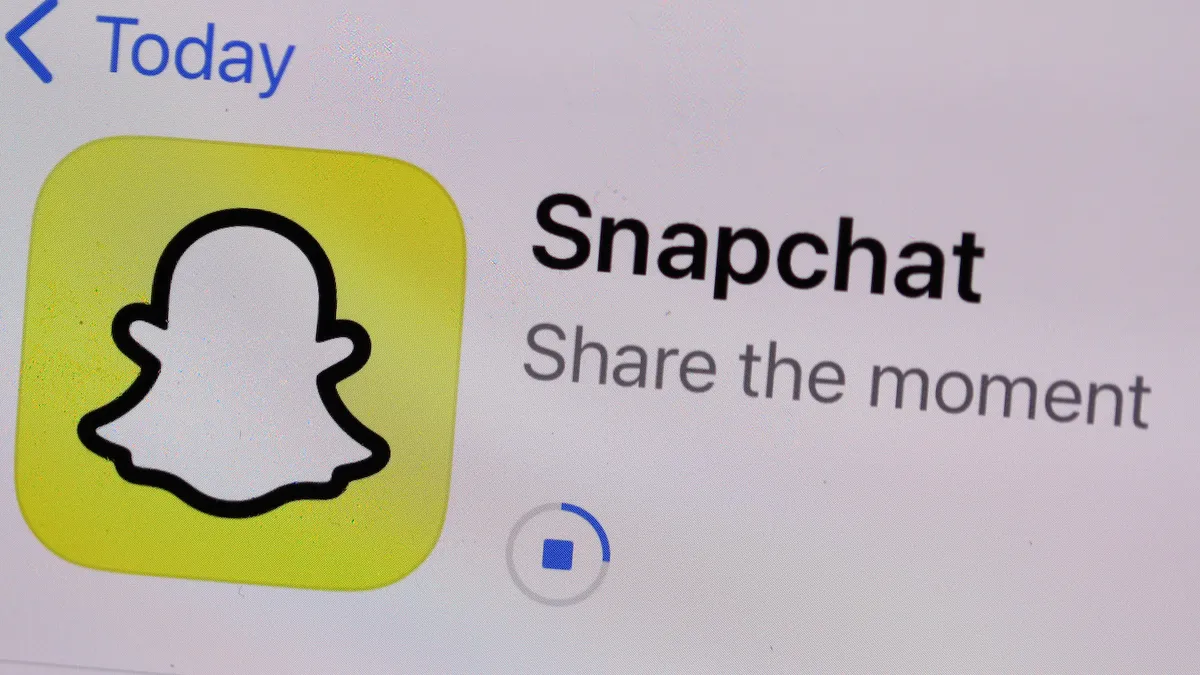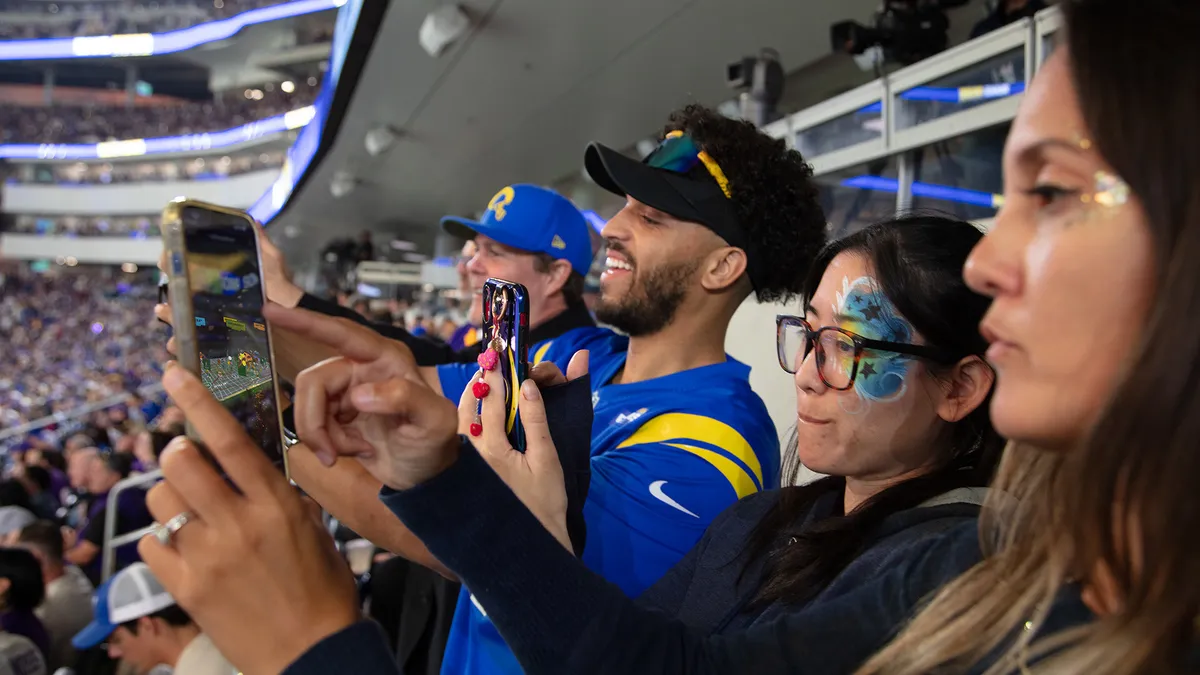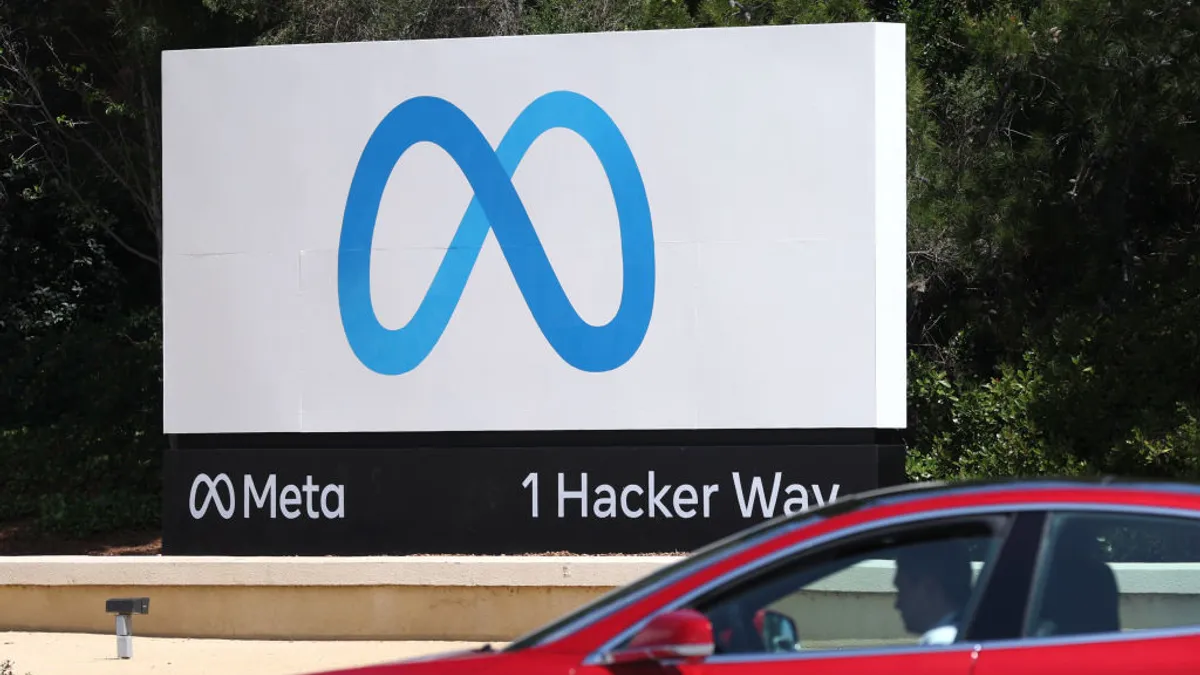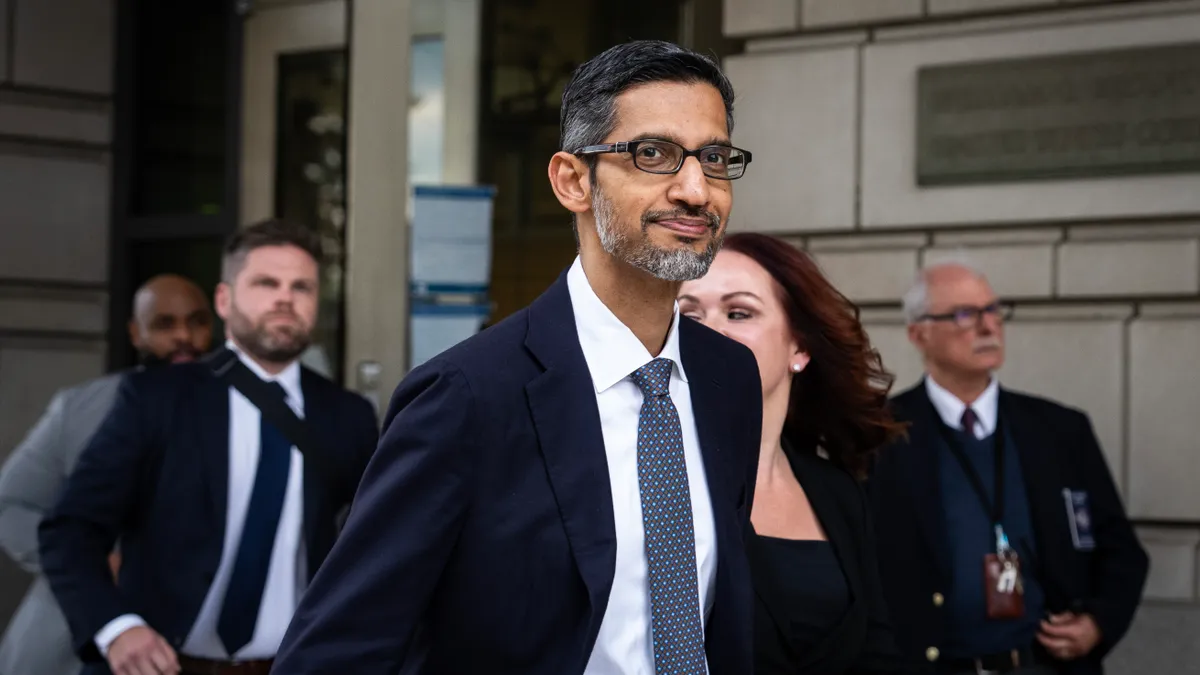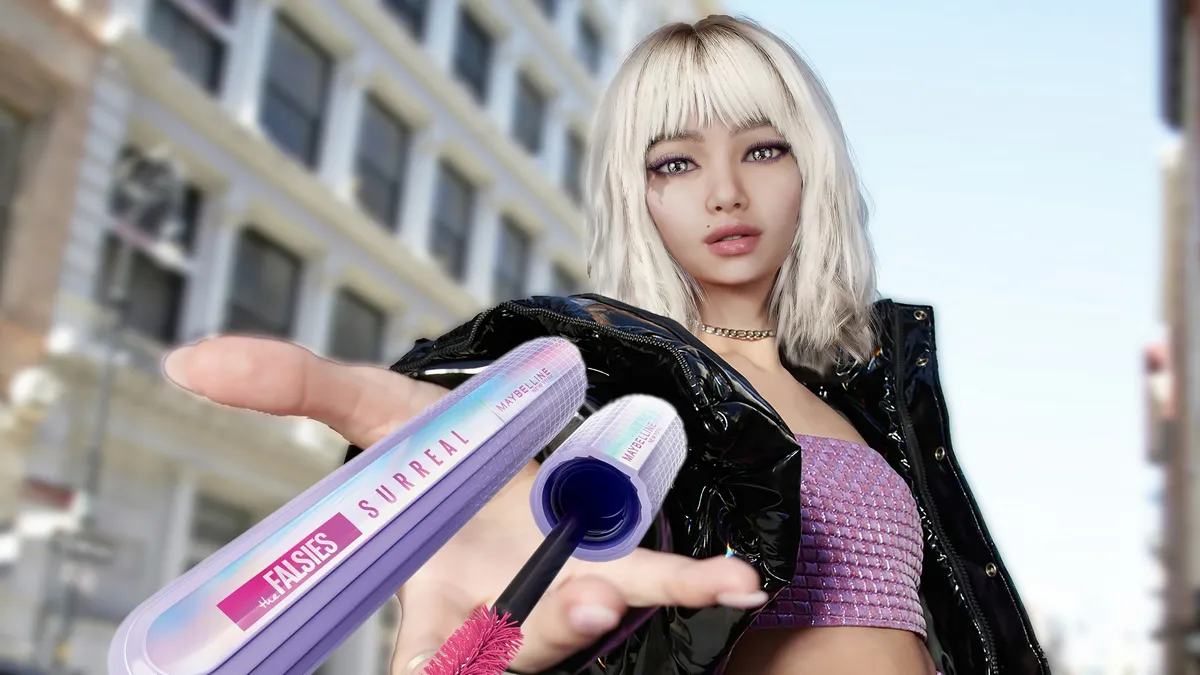The following is a guest post from Glenn Minerley, Momentum Worldwide's SVP, head of music, entertainment and esports. Opinions are the author's own.
In 2020, more and more brands will see the light and jump into music marketing with great intentions and big budgets. According to IEG, 2018 saw a 4.8% increase in spending, year over year, with anticipated comparable growth for 2019. For music marketers, this is fantastic news; any opportunity to get brands more comfortable with the music landscape and more confident in their investments will lead to long-term commitments with the space.
The beauty of music is its broad scale and the myriad of creative tactics that can be employed in the space to move the needle. However, as these new brands begin to enter the music vertical, it's important to recognize that the tactics one chooses must be strategically aligned with the individual brand's objective. Too frequently, brands are enticed into the space through relationships with agents, concert promoters and record labels. While there's nothing inherently wrong with that, those parties will always keep the artists' needs as their primary focus and sell opportunities that might not fit the brand's objectives. Music marketers often find themselves educating brand leaders around the tactics they've been pitched and how they might not be the best fit for the objectives they have in place.
As we enter 2020, and brands look to finalize their music marketing plans, it's appropriate to look at standard business objectives and attempt to map them to a few popular music marketing tactics. Artists, agents and labels will always take a brand check, but it is the role of the brand steward to make sure the check is positioned for success so there's a second and third check later down the line. Here are some examples of how to address brand objective with music tactics that music marketers can follow.
Brand objective: brand affinity
Most brands are trying to continually drive brand affinity, which at its core simply involves convincing their audiences that they're relevant. This cannot be done heavy-handedly and doesn't happen overnight. Brands must be in it for the long haul and continually merchandise their activity to move the needle on the barometer of cool.
Music tactic: artist deals
The most effective way to impact brand affinity is through artist association. Brands should be contracting year-long activity with artists appropriate for the brand and relevant to the consumer demographic you intend to impact. Many brands are looking to reach multiple demographics and therefore have to consider multiple artist partnerships.
Verizon finds great success with this approach, partnering with artists like Shawn Mendes, Camila Cabello, Maroon 5 and others with year-long activity including content, social postings and fan events. The key is delivering yearlong cadence and piggybacking off the artist's social scale. Integration into the above-the-line campaign is key to delivering that scaled impact. The association is reinforced with artist social postings, showing fans cool and authentic activations that were delivered through brand collaboration.
Brand objective: product launch
Whether it be a new car model, the latest mobile phone release or a new brand launch, the key to product launches is to drive PR in an efficient manner and at a significant scale. What's going to break through the clutter to get your brand and product at the top of the news feed?
Music tactic: private concerts
Private concerts have been found to be incredibly effective for product launches. However, the key to its success is location, uniqueness and scale. If you are launching a new app, don't expect a private show in a hotel on a Tuesday with Lil Nas X to do anything for you. However, the needle really moves when you take that same artist and schedule a show during Art Basel, partnering him with someone like Brooklyn street artist WhIsBe, ensuring half the audience is press and influencers and offering the live stream on Twitter for international audiences.
Brand objective: sampling
Especially with alcohol, soft drinks and snacks/candy, sampling is key for any activation brands might plan. The scale is crucial, but ensuring you are doing so in a way that associates the product with being on-trend is just as important. Delivering 10,000 samples at a shopping mall is not going to deliver nearly the same gravitas as doing so at a music event.
Music tactic: festivals
Liquid to lips is always a crucial KPI; the audience size, environment and consumer openness to messaging at music festivals makes this the easy tactical choice for these brands. Festival-goers are much more open to engaging with brands at music festivals than at tour stops, and brands have the creative ability to deliver that sample in fun, hip and engaging ways.
Brand objective: high-value loyalty rewards
Many brands, especially in financial services, find themselves with 20% of their consumer base delivering 80% of the business. Retaining these customers is critical to the brands' success. Loyalty programs, whether point-based or not, are constantly looking for high profile ways to show high-value customers how much they're loved while burning costly loyalty point balances.
Music tactic: private concerts/tour sponsorship
These are two effective tactics for engaging those high-value consumers. The first, private concerts, is one we see American Express and Citi deliver throughout the year. Whether it's Citi's Sound Vault series at the Grammy's or Amex's Centurion concert series, private show access is a reward consumers perceive as true value and is incredibly effective at retaining customers. Although you might not always recommend concert tour sponsorship because the opportunity for ROI is limited, it's definitely effective at delivering scalable rewards for your national loyalty program. Being able to reward 100 customers a night at 30+ shows can be more impactful than a sports partnership.


